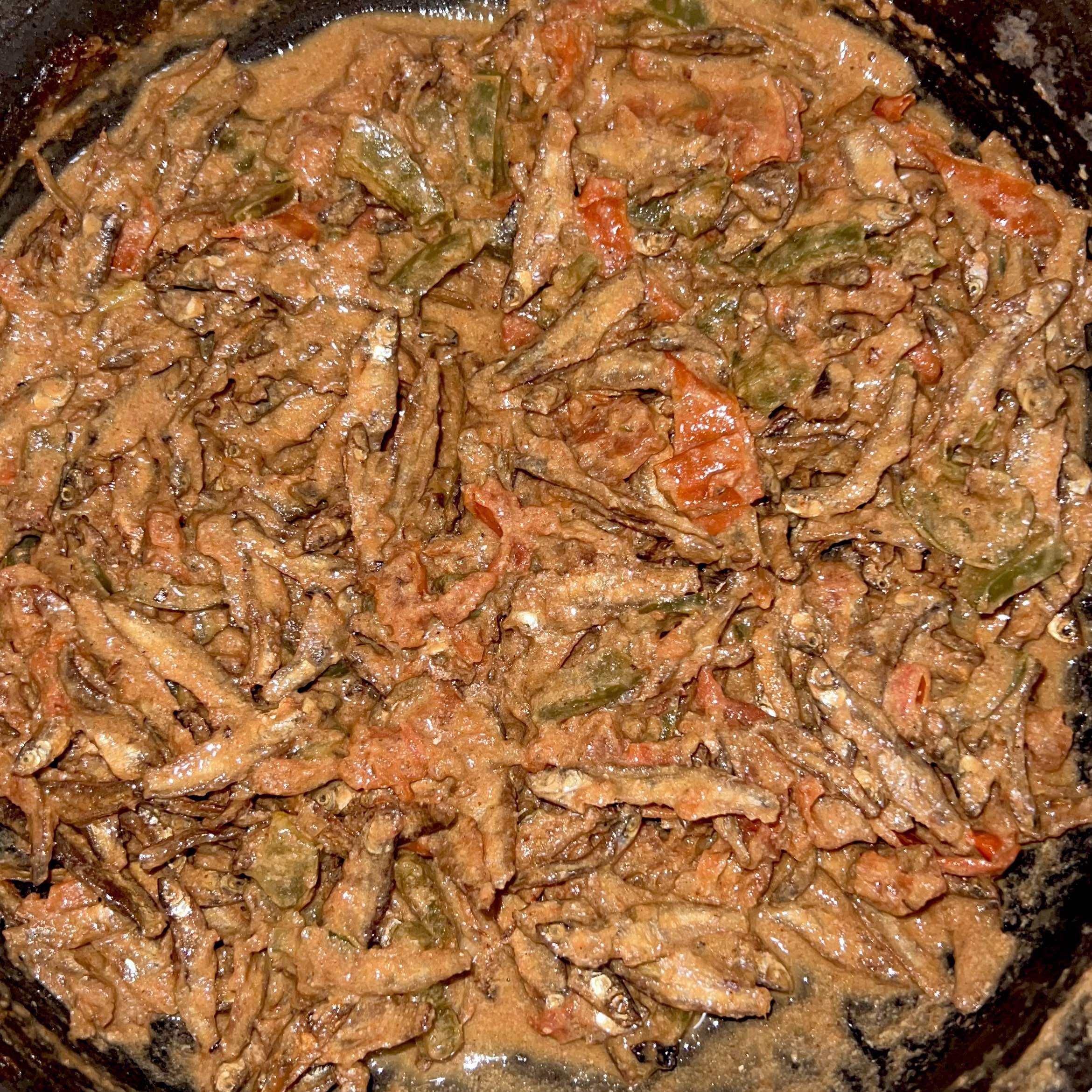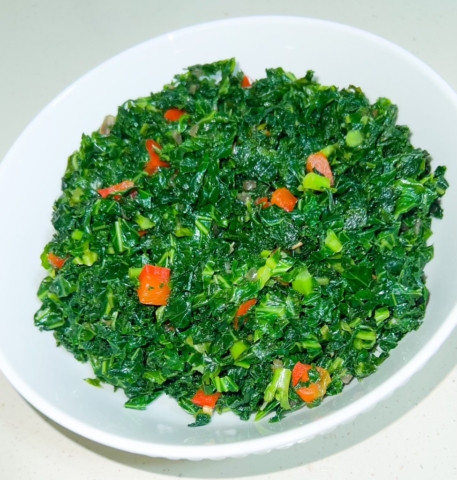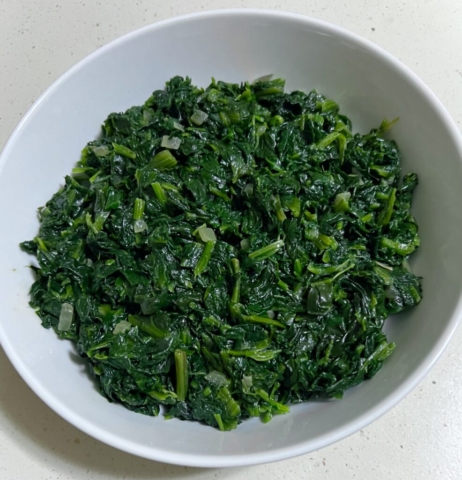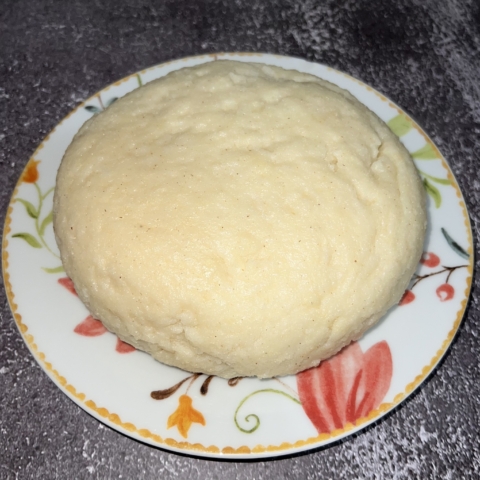This post may contain affiliate links, which means I may receive a commission from purchases made through the links.
Dagaa, also known as Omena, is a type of sardine that is popularly consumed across East Africa. They are very closely similar to dried anchovies that are available in the United States. These little fish are highly nutritious – high in protein and minerals such as calcium – and affordable, thus they play a significant role in nourishing many families. As I will explain in later sections, omena can have a very intense smell and flavor. Thus, the dish has to be prepared right for one to enjoy it. This dagaa (omena) stew recipe demonstrates how to best go about it and provides tips on significantly reducing the typical sharpness of omena in both taste and smell.
Dagaa (Omena) in East African Cuisine
Most of the East African dagaa (Commissions Earned) is harvested from Lake Victoria which is shared by Kenya, Uganda, and Tanzania. As such, the dish is particularly common in regions around Lake Victoria, where these small fish are abundant. The coastal sardines, on the other hand, are harvested from the Indian Ocean. Dagaa is typically sun-dried and can be found in various types of East African cuisine, especially in stews, soups, or as a crispy fried snack.
Dagaa is a staple food for many, including both rural and urban populations. The small fish are highly valued for their nutritional benefits and affordability. Dagaa is relatively inexpensive compared to other protein sources, such as beef, chicken, or tilapia fish, making it an accessible choice, especially for low-income families. That being said, dagaa is also tremendously loved by people who appreciate traditional foods regardless of their economic status. For some, dagaa is more than just food; it’s a part of cultural heritage and traditional culinary practices.
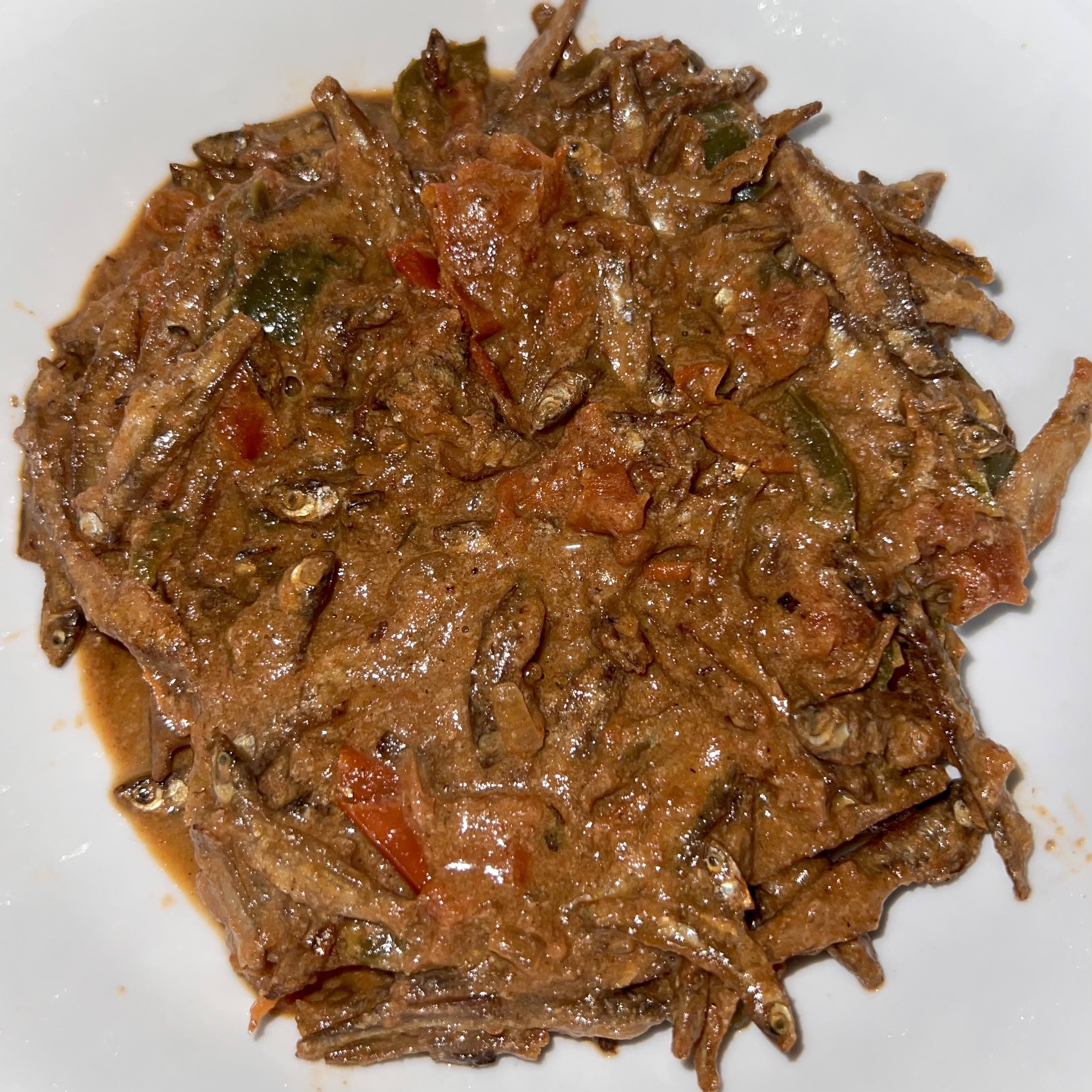
Why does Dagaa (Omena) have a strong smell and flavor?
The intense smell and flavor of omena results from the drying process which is usually done to preserve the fish. Dagaa are laid out in the sun to begin the drying process as soon as they come out of the water. The fact that they are sun-dried while raw is the reason why they have a sharp smell and taste. But do not worry, a great recipe like this one takes care of both of those issues (which, by the way, cause some people to dislike the dish) and gives you a delicious dish to savor.
Ingredients for Dagaa (Omena) Stew
Dagaa: This recipe calls for sun-dried dagaa (Commissions Earned), which is also the most readily available type of dagaa in East African markets. If you wish to use already deep-fried dagaa (Commissions Earned), then just skip the initial steps of this recipe. Away from East Africa, you can find dried anchovy (Commissions Earned) in Asian and Hispanic stores, but please note that each will have a slight difference from the East African dagaa.
Red onions: These particular onions have a sharp (in a good way) aroma and flavor that does a great job of flavoring the dagaa and suppressing to a significant extent their strong smell.
Garlic: Also useful in adding a great aroma and flavor, and suppressing the omena smell.
Bell peppers: These add crunch to the dish and since we are making a stew, bell peppers play an important role in adding flavor to it. I like to mix green and red bell peppers, but the green ones are the most important. Their flavor blends perfectly with that of dagaa.
Tomatoes: These add thickness to the stew and flavor to the dagaa. As you simmer dagaa in the thick tomato sauce, they absorb that flavor and taste even better. Make sure to use fresh and fully ripened tomatoes.
Optional Ingredients
Fresh milk: I call this the secret ingredient. It is optional, but fresh milk does a marvelous job of significantly reducing the sharp taste of dagaa. Besides, it thickens the stew sauce, adds a new flavor that blends with that of omena to give a perfect-tasting dish, and above all, elevates the nutritional value of the dish. You have to try this ingredient if you’ve never done so before.
Cilantro: It is optional too but a little fresh cilantro adds an awesome aroma to the dish. We’ve been talking about the sharp smell of dagaa, and all these ingredients play a role in suppressing it so that you are not bothered anymore.
Fresh lemon juice: It is also optional and its main job is to eliminate the sharp smell of dagaa further. This is one ingredient that I also leave out most of the time. If I am using all the previously listed ingredients, I often do not see a need for lemon juice. However, if you choose to use it, a little goes a long way. Do not overuse it because you do not want to make the dish sour. About a tablespoon of lemon juice would be enough for two cups of dried dagaa.
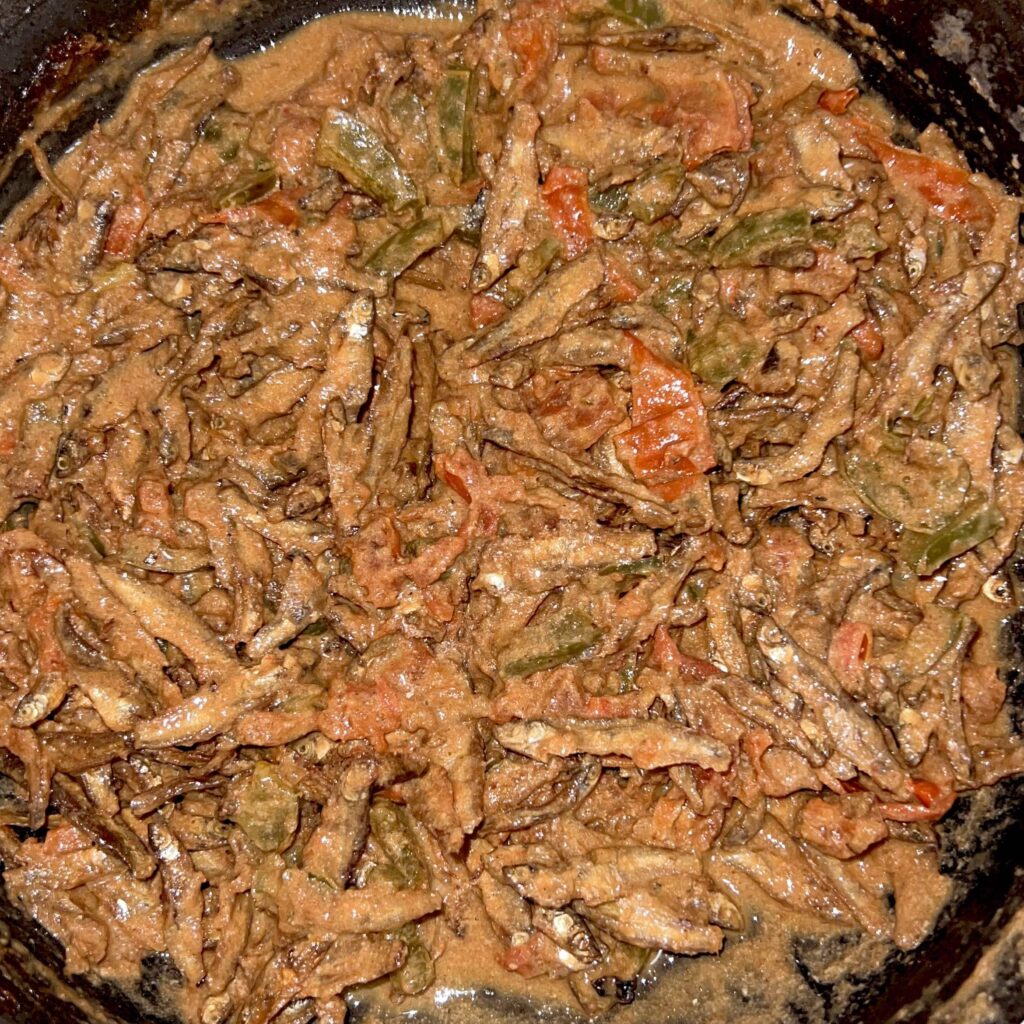
Steps for Dagaa (Omena) Stew
Clean the Dagaa
Step 1: Wash the dagaa in warm water. Repeat until they are clean. The process of sun-drying them usually results in dusty dagaa (from their own little scales, fins, and so on) and all that dust, although often invisible, must be washed off before cooking. Be gentle while washing dagaa because they are quite fragile and could break apart during washing. You want to keep them whole as much as possible. After the final rinse, place dagaa in a colander or any other container that would allow excess water to drain.
Fry the Dagaa
Step 2: Heat cooking oil on medium-high and add clean dagaa to it. At this stage, I also like to add half of the red onions that I’ll be using. Frying them with onions gives them such a great smell! Fry the dagaa together with the onions until the dagaa are brown and crispy. A side note: try and use a non-stick pan for best results. Otherwise, washed dagaa will easily stick to the bottom of the pan, break apart as you stir them, and make a mess.
It is an important step to thoroughly fry dagaa before making a stew because the crisping effect of the oil not only softens the little bones in them, that can otherwise be felt when eating, but it also rids dagaa of its sometimes bitter-ish taste. Remove fried dagaa to a plate.
Prepare the Sauce
Step 3: Prepare the stew sauce. In the same pan, add more oil and fry the rest of the onions until slightly brown. Add garlic and fry until the garlic begins to brown. Then, add bell peppers and cook for a minute or so. Add finely chopped, grated, or pureed tomatoes and salt. Stir and simmer for about three minutes for the tomatoes to cook. If using chopped tomatoes, allow them to cook until softened, then mash them into a thick paste.
Step 4: Add fried dagaa to the sauce. Cook for about two minutes while stirring gently for the dagaa to absorb the flavors of the sauce. If you choose not to add milk, your dagaa is ready at this point. You can add any dry seasonings of your choice, cover, and simmer for a few minutes, then serve.
Step 5: Add fresh milk and stir to combine. Cover and simmer until most of the liquid has evaporated and the sauce has thickened. Your dagaa will at this point be beautifully coated with the thick sauce and look super appetizing.
Step 6: Add cilantro and stir it in. You can also add lemon juice at this stage if you wish to use it.
Serve and enjoy with ugali and some leafy vegetables like sukumawiki (kale) or spinach.
Storing Leftover Dagaa (Omena) Stew
Store any leftover dagaa stew in an airtight container. Keep it in the fridge for up to a week later. Otherwise, freeze it and it will be good for several months. I hardly ever freeze mine though. I make it in batches that my family can finish in a maximum of three servings. That way, we are always assured of freshness.
Reheating Leftover Dagaa (Omena) Stew
Thaw frozen dagaa stew fully before reheating as it will heat more quickly and uniformly that way. You can then reheat it in the microwave or on the stovetop.
In the microwave: Place the dagaa stew in a bowl or plate, cover, and microwave until hot enough. Make sure to cover it to minimize possible mess from splatters and to curb any strong smell.
On the stovetop: Place dagaa stew in a pot and heat on medium-low until thoroughly hot. You can add a few tablespoons of water, so it does not dry up.
Print the Recipe
The Best Dagaa (Omena) Stew Recipe
Course: MainCuisine: East African, KenyanDifficulty: Easy4
servings5
minutes30
minutes299
kcal35
minutesThis recipe involves three main steps: Frying the dagaa, preparing the sauce, and combining the two.
Ingredients
Sun-dried Dagaa – 2 cups
Red onions – ½ cup (chopped)
Garlic – 1 tsp (crushed)
Bell peppers – ½ cup (green only, or green and red)
Tomatoes – 3 medium-sized
Fresh milk – 1 cup (optional)
Cilantro – 2 tbsp (optional)
Fresh lemon juice – 1 tbsp (optional)
Directions
- Wash the dagaa in warm water. Repeat until they are clean then allow any excess water to drip off.
- Heat cooking oil on medium-high and add clean dagaa to it. Also, for an even better aroma, add half of the red onions that you’ll be using at this stage. Fry the dagaa together with the onions until the dagaa are brown and crispy. Remove to a plate.
- Prepare the stew sauce. In the same pan, add more oil and fry the rest of the onions until slightly brown. Then add garlic and fry until the garlic begins to brown. Add bell peppers and cook for a minute. Add finely chopped, grated, or pureed tomatoes and salt. Stir and simmer for about three minutes for the tomatoes to cook. If using chopped tomatoes, allow them to cook until softened, then mash them into a thick paste.
- Add fried dagaa to the sauce. Cook for about two minutes while stirring gently for the dagaa to absorb the flavors of the sauce. If you choose not to add milk, your dagaa is ready at this point. You can add any dry seasonings of your choice, cover, and simmer for a few minutes, then serve.
- Add fresh milk and stir to combine. Cover and simmer until most of the liquid has evaporated and the sauce has thickened.
- Add cilantro and stir it in. You can also add lemon juice at this stage if you wish to use it.
- Serve and enjoy with ugali and some sautéed leafy vegetables like sukumawiki (kale) or spinach.
Conclusion
There you have it, a simple recipe for dagaa or omena that assures you of great results – a dish that is as tasty as it is nutritious. If you have never tried this dish before and are curious to make it, and you are far away from East Africa, use dried anchovies as I mentioned in some sections above. The end result will be just a little bit different from the real dagaa, but believe me, it works. That’s what my family and I go for when we are craving dagaa and can’t get hold of the authentic variety. I would also love to hear your thoughts and comments about this dish, so please do not hesitate to comment below.
